What used to be a luxury a decade ago is now one of the most accessible assets to the entrepreneurs. I am talking about eCommerce websites and mobile applications. Today, entrepreneurs have access to ready-made eCommerce software, mobile app builders, turnkey clone scripts, which can build online retail stores in minutes without writing a single line of code. Starting an eCommerce business hasn’t been easier.
However, this is also the truth that these technologies, including headless ecommerce platforms, are accessible to every other entrepreneur out there. Consequently, there is a harsh competition, as many of them struggle to drive sales. That’s where entrepreneurs today need to focus more on conversion optimization strategies to beat the competition.
One such element of conversion optimization is lead generation. It’s the secret sauce of getting more sales. Today’s leads are tomorrow’s sales, and eventually, they become your source of revenue.
In this article
What’s a lead?
For eCommerce businesses, a lead is an element that reveals the interest of a potential customer in making a purchase. Whereas the process of finding such potential customers after analyzing certain traits is lead generation. It works on simple principles. If a customer has an interest in making a purchase, he or she would show certain traits that if a business discovers on time, can employ certain strategies to pull a sale. Businesses use various tactics to discover the traits and refer these devices as lead magnets.
Depending on the business, products, and nature of your lead magnets, a trait could be anything that shows an interest:
- Creating a user account on the site
- Subscribing to email newsletters
- Filling up a contest form
- Signing up for a free trial
- Probing on the live chat
- Clicking on a CTA button
- Subscribing to price drop alert
- Subscribing to back-in-stock alerts
If you have a lead capture and identification strategy, you can identify these traits easily. Subsequently, you can employ your sales and marketing tactics to boost the interests further, strengthen their trust, and influence their perception to an extent that they are convinced to make a purchase.
Caution with lead magnets!
It might seem like an easy job, but it’s more complicated than it seems. The trickiest job is to capture some quality leads that have sure potentials to convert into sales. For that to happen, you need quality-lead magnets that will identify and guide the quality traffic into your sales funnel. Moreover, you need them at every viable entry point and source, such as search engines, social media, the home page, email campaigns, affiliates, Ads, landing pages, product pages, and even inside the checkout process.
Be advised that lead magnets are double-edged swords. If placed in the wrong place at the wrong time, they might even backfire. For example, newsletter subscription forms are lead magnets, but placing them inside the checkout process will only degrade the checkout experience. You cannot just place a random lead magnet anywhere you wish.
For any kind of lead magnet you want to use on your eCommerce site, you must consider the following four factors. Ask these four questions to yourself before placing any lead magnet at any place:
- Relevance: How relevant is the particular lead magnet at this particular touchpoint?
- Viability: How beneficial is the particular lead magnet for you and your customers?
- User experience: Is it helping the customers in any form or just being too pushy?
- Timing: Keep it for a long time, or a temporary placement makes more sense?
If you think your chosen lead magnet excels on all four fronts, you can go ahead and place it.
Tip: A/B testing is a great way to find out if your lead magnet qualifies on the above four fronts. Additionally, you can also employ a heat map tool to uncover deeper insights into your visitors’ minds and understand their browsing patterns to find the best places to put your lead magnets. Lastly, tracking certain Google Analytics metrics, such as bounce rate, sessions, pages per session, goals completions, etc. will also help you in this regard.
Now that we are aware of the fundamentals of lead generation and lead magnets, it will be easier for us to make an informed decision. Let’s check out the following five lead magnets that have worked well for most of the eCommerce businesses. However, I will advise you to A/B test and analyze each of these strategies before adopting, as one size never fits all.
1. Blogging and Content Marketing
Content is always the king. If you look carefully, every other lead-magnet relies on quality traffic and SEO to work better. Hence, what could be a better way to do this than content marketing? Posting some relevant and quality content on your site will not only boost your SEO but also drive interested users on the site. You can post product reviews, about new product launches, uses benefits of your products, and much more. Eventually, you can guide the traffic back on relevant product pages.
Besides, you can also guest post on relevant sites that are more likely to have users who could be interested in your products. For example, product review and affiliate marketing sites. The inbound links from relevant sites will not only give you leads but also strengthen your SEO.
- Set up your blog and start posting relevant content
- Find a list of relevant third-party sites for guest posting
- Use relevant keywords and CTA in your posts to entice readers
If your eCommerce software does not support blogging, you should create a WordPress blog under your site’s URL, something as – ‘yoursite.com/blog’. If you don’t have the time or writing resources on team to regularly write and post content on the blog, consider hiring a content writing service to keep your blog updated. Nevertheless, having a blog for your store will always pay off in one of the other forms.
2. Discount and Coupon Codes
Discounts and offers drive a majority of eCommerce conversions. As soon as a customer lands on a site, he or she looks directly at the percentage of discount you are giving. These are one of the biggest lead magnets for any eCommerce business.
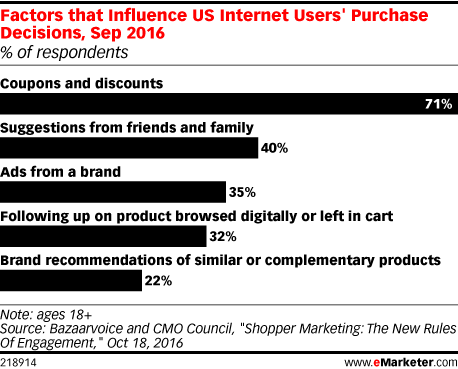
If you know how to use them strategically, you can drive some surefire leads that convert into sales. There are N numbers of ways to use discounts and coupon codes to generate leads. However, I find the following tactics more effective:
- Referrals: Start a user referral program and offer free discount coupons or on-site cash/points to the users who invite others to join your site, grab a deal, or share your offers with others. This method will give you a massive amount of new users on your site.
- Contest: You can run a contest focused on the promotion of your brand, offers, and products. For example, ask the contestants to invite new users, share on social media, participate in quizzes, etc. The winners get free discount coupons. This method will give you a massive amount of email data in your list.
- First-purchase offer: The first purchase matters a lot for eCommerce customers. It takes some time and trust to make the first purchase from a new website. Make this journey easy by offering enticing first purchase offers. Something like 50% on the first two purchases, free shipping, etc. In this way, you will make sure that new users are joining with you regularly.
- Affiliate marketing: Affiliate marketing is one of the best lead generation tools for eCommerce stores. The method enables a business to market without stating anything directly from the brand’s side. The affiliate marketers will take your brand to the people in their circles, and they will give you the leads you want. Therefore, start an affiliate marketing campaign and add as many affiliate marketers to your list.
3. Offer a Free Membership Trial
The word ‘FREE’ itself is a huge lead magnet. When you combine it with a closed membership program, you not only tap on the quality leads but also make loyal customers in the journey. If your eCommerce platform supports it, create a membership plan for your store and implement some unique strategies to add new members. You can start a plan like Amazon’s Prime and offer exclusive benefits to the members. Offer a free trial of the plan and let new customers join the league.
Alternatively, you can start a membership that does not require any payment but some on-site currency or loyalty point, which customers can collect by shopping more and more on the site. Consequently, they can use the points to purchase the membership plan. I have seen such a plan in a Walmart-owned Indian eCommerce site called Flipkart. They have created a ‘Flipkart Plus’ membership in a similar way.
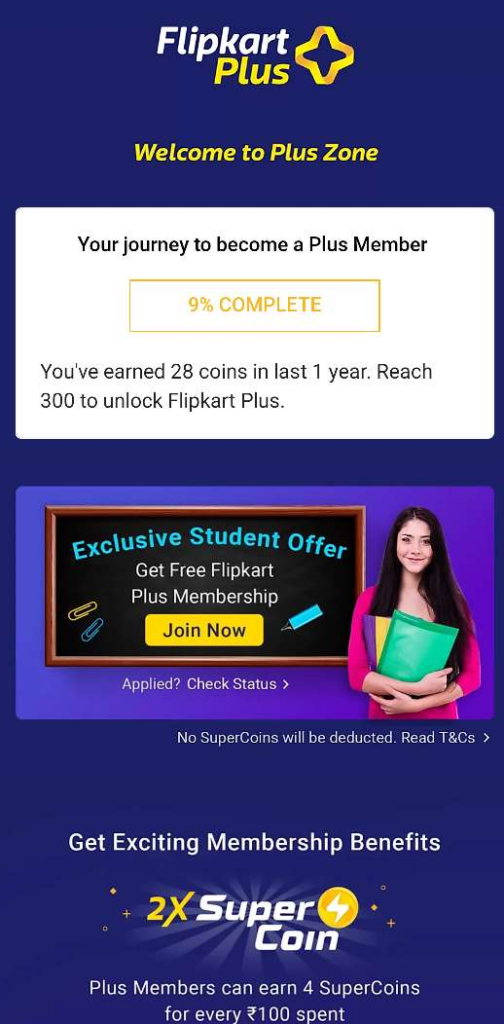
There could be several other ways to offer freebies and drive leads. It’s a good strategy with both loyalty and referral programs. Creating loyal customers on the way to generate leads helps the brand keep up with the harsh competition in the market.
4. Guest Checkout with Exit Intent Technology
Here, we are considering two important aspects of eCommerce – Guest checkout and Exit intent.
Offering guest checkout on your site will help you to avoid the shopping cart abandonments that occur when you force your customers to create an account. It’s a conversion optimization and leads nurturing strategy. Visitors on your site may want to make a purchase, but it’s not necessary that every interested user will want to share their email or go through the hassle of filling a user registration form.
You may normalize the user registration process by offering social media log in, but customers may still not want to complete the purchase, and they just abandon their carts. This is where you can put yet another lead magnet to encourage the customer- an Exit Pop-up.
An exit pop-up works on exit intent technology where it senses if a customer tries to leave the site. In such a case, it triggers a pop-up with a custom message. Something like in this screenshot:
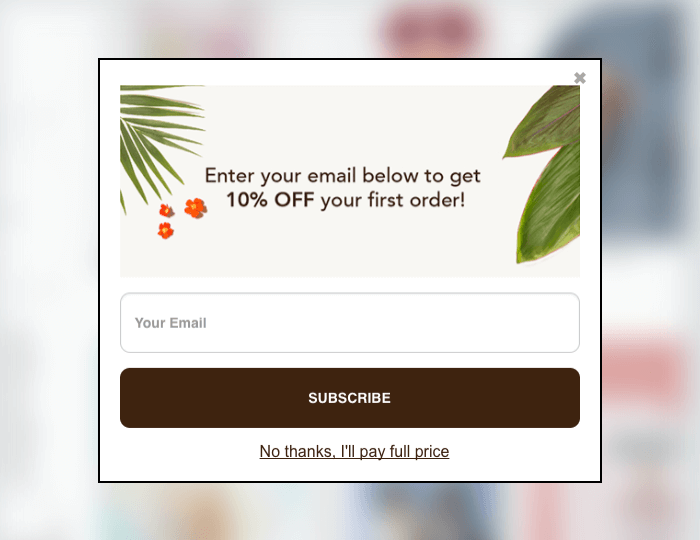
You can create your own exit pop-up messages to offer something of value to the customer so that he or she doesn’t exit. You can put an email capture form like in the above image, or show a discount coupon code. Anything that entices such a customer and fulfills your lead generation intentions will do the job.
Similarly, entry pop-ups are also there, which drop-down right after a user lands on the site. Including them in your arsenal is also beneficial in many cases. You can communicate enticing offers and messages via them to improve the shopping experience and drive sales.
5. Social Media Ads and Display Ads
Last but not least is re-marketing. There are several ways to re-market and collect leads, but I find social media ads and display Ads to be quite efficient in this regard. Such Ads track the browsing activity of the users by collecting cookies.
Say, a customer visited your site and browsed some product pages; this shows that the customer is interested in the product. For any random reason, if the customer leaves the site without making a purchase, he or she sees the Ad of those products on any site visited after that. Condition is that other sites should be there in the Ad network of Ad service you are using.
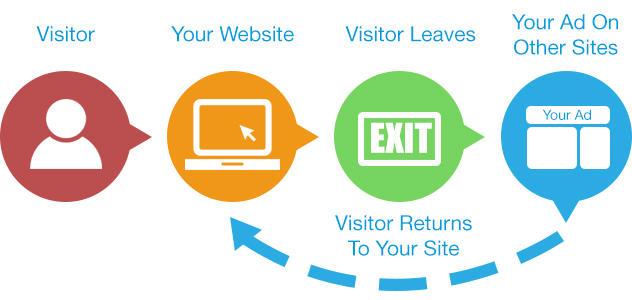
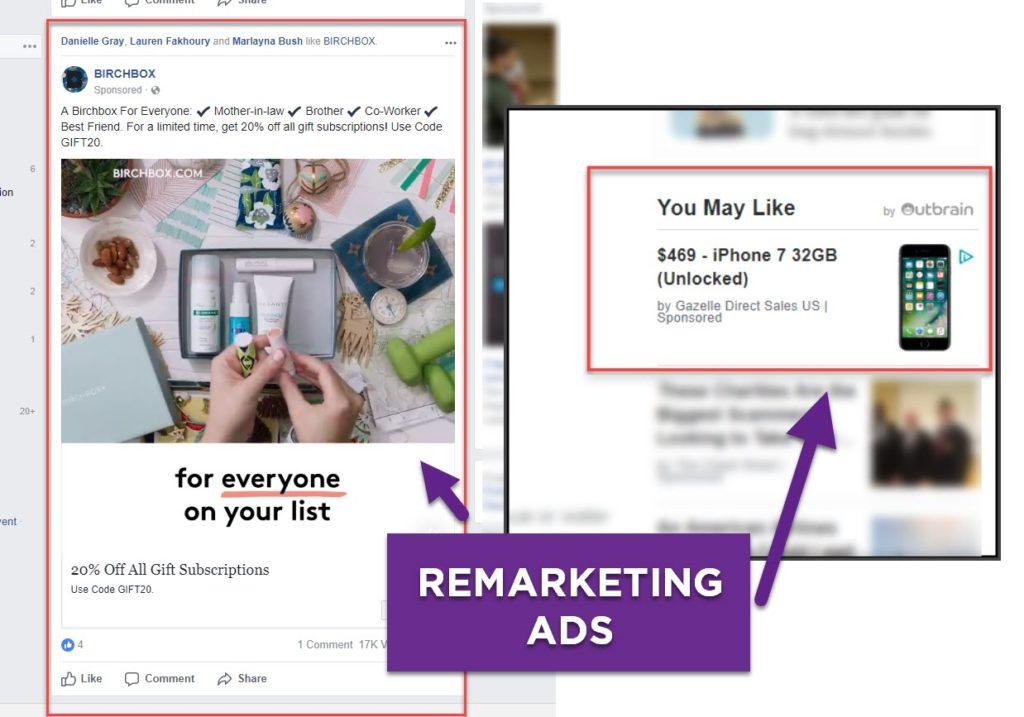
Social media Ads and Display Ads have a big network of websites. Re-targeting your leads on these networks will give you a way to win your customers back. The particular strategy also helps in abandoned cart recovery.
Conclusion
Sometimes, it’s easier to get the leads, but nurturing them becomes difficult. It’s because businesses focus on lead generation and neglect the strategies to convert them into sales. Be advised that you might have a good eCommerce platform with cutting-edge modules for modern lead magnets, but a lead is useful only when your magnets are refined enough to track only relevant user intents.
Value to the customers should be your first priority while designing any kind of lead magnet. Whether it’s coming from email-capture forms, exit pop-ups, or the checkout page itself, unless you can’t figure out the user-intent, a lead can’t help you much.
Therefore, it’s wise to devise your lead generation and lead nurturing strategies concurrently. Run A/B tests, track website heat map, use Google Analytics, and employ your strategies and lead magnets accordingly.



